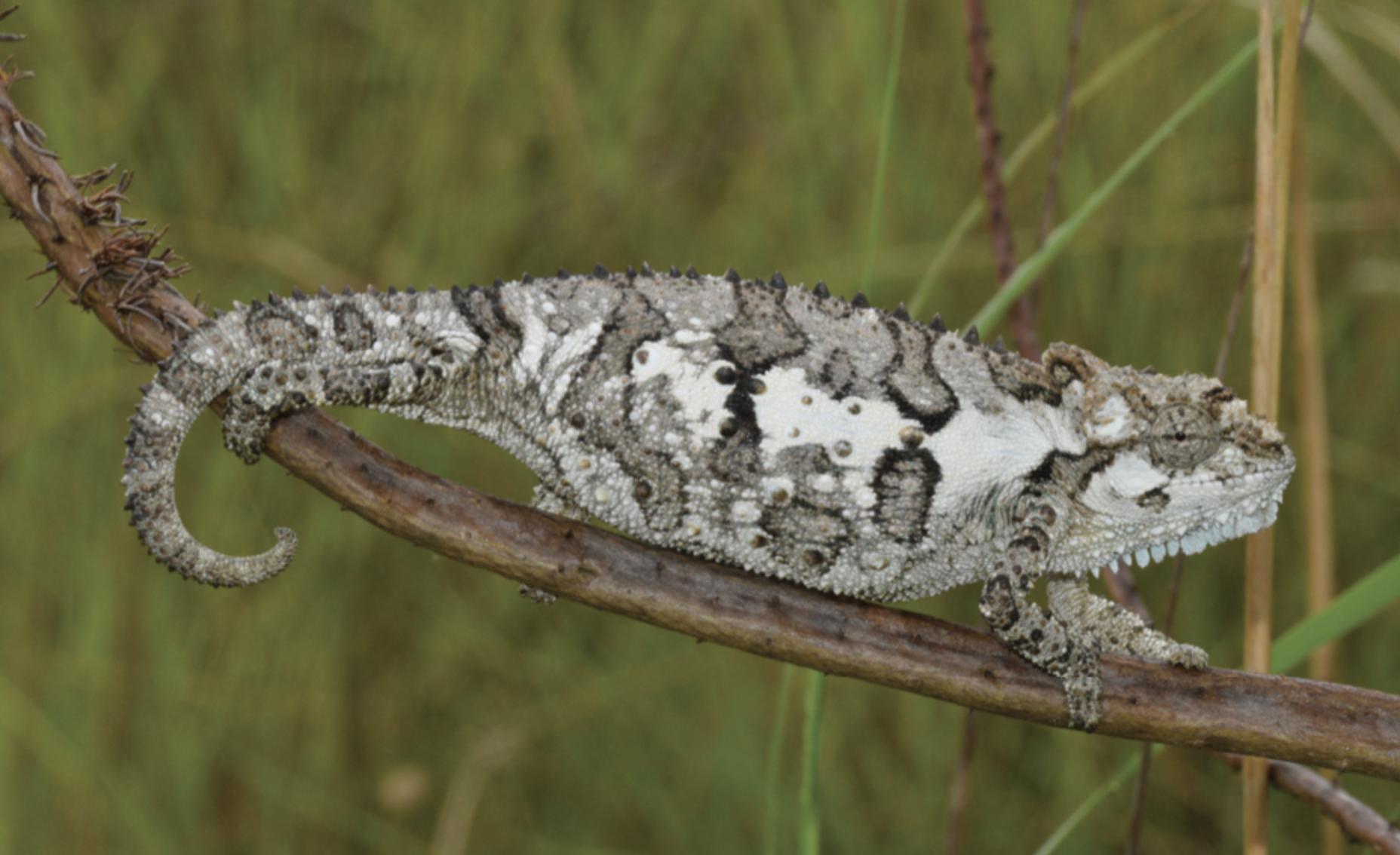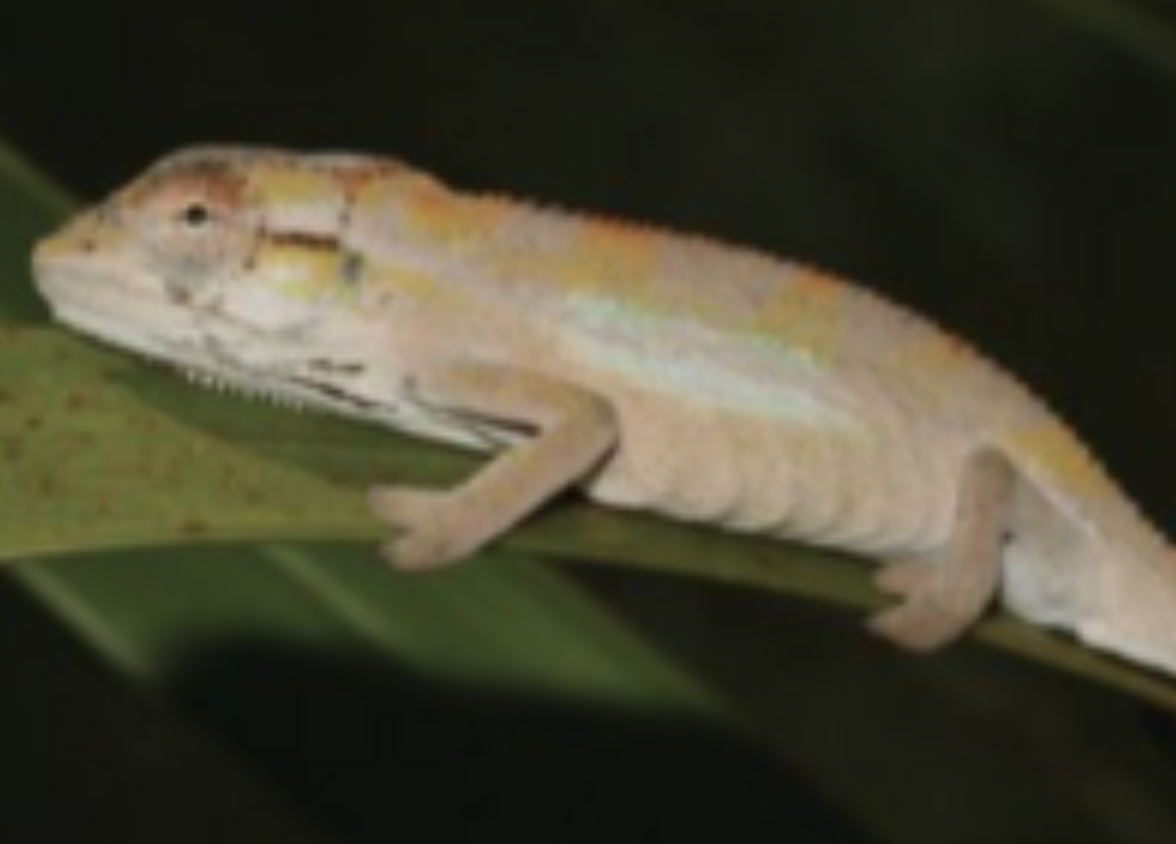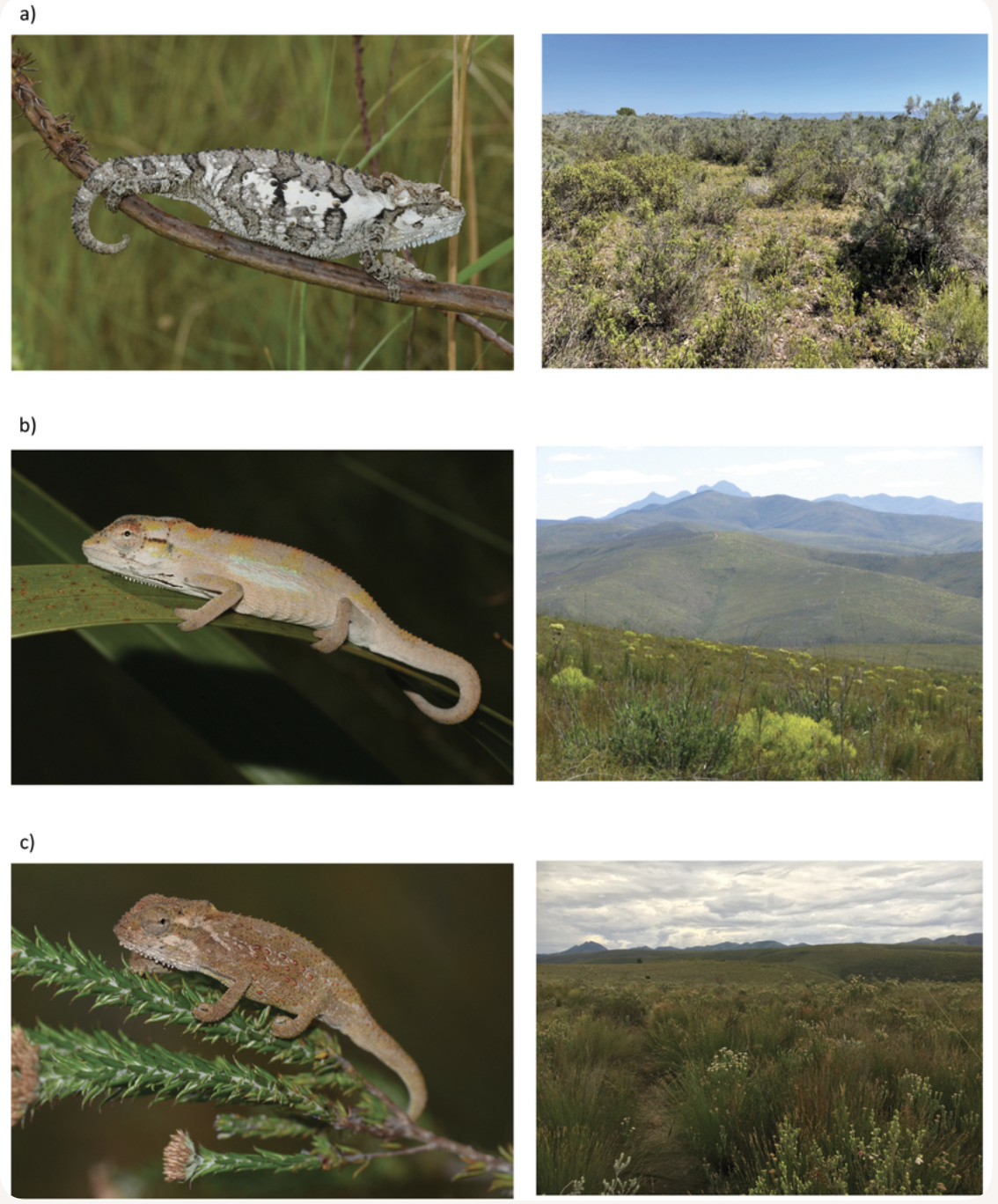Chameleons in Disguise: How Nature’s Architects Sculpt Evolution in South Africa’s Dwarf Dragons


In a dazzling display of evolutionary artistry, Tolley et al. (2025) unravel how ecological pressures shape the form and fate of South Africa's dwarf chameleons (Bradypodion). Their study, published in Zoosystematics and Evolution, dives deep into the tangled web of convergent evolution and ecological speciation, revealing how habitat structure—not just geography—drives these miniature reptiles to evolve in strikingly similar or dramatically different ways.
The researchers examined three closely related lineages of Bradypodion, each inhabiting distinct ecological niches. Using a blend of microsatellite genetic analysis and morphological measurements, they discovered that populations living in similar habitats—think dense vegetation and narrow perches—developed nearly identical limb proportions and ornamental features. This is phenotypic convergence, where unrelated populations evolve similar traits due to shared environmental pressures.
But the plot thickens. In habitats with stark ecological differences, the chameleons diverged in both form and function. This phenotypic divergence supports the idea of ecological speciation, where natural selection drives populations apart, even in the absence of physical barriers. The study's genetic data revealed clear lineage separation, though some allele sharing hints at incomplete lineage sorting or ongoing gene flow—a reminder that evolution rarely paints in clean lines.
What makes this study stand out is its emphasis on functional morphology—traits that directly impact survival and reproduction. By linking limb length and ornamentation to perch diameter and vegetation density, the authors show that these aren't just aesthetic quirks; they're adaptive responses to environmental demands.
This research doesn't just add to our understanding of chameleon evolution—it challenges traditional views of speciation. It suggests that habitat structure alone can drive both convergence and divergence, making it a potent force in shaping biodiversity. For conservationists, this means protecting habitat complexity is key to preserving evolutionary potential.
In short, Bradypodion chameleons are nature's evolutionary shapeshifters, molded by the architecture of their surroundings. Tolley and her team offer a compelling case for ecological speciation as a dynamic, ongoing process—one that continues to sculpt life in the forests and fynbos of South Africa.
Original Citation:
Tolley, K. A., Main, D. C., Dube, K. M., Jansen van Vuuren, B., & da Silva, J. M. (2025). Ecological factors promote convergent evolution and ecological speciation in dwarf chameleons (Bradypodion). Zoosystematics and Evolution, 101(3), 1227–1247. https://doi.org/10.3897/zse.101.151926
